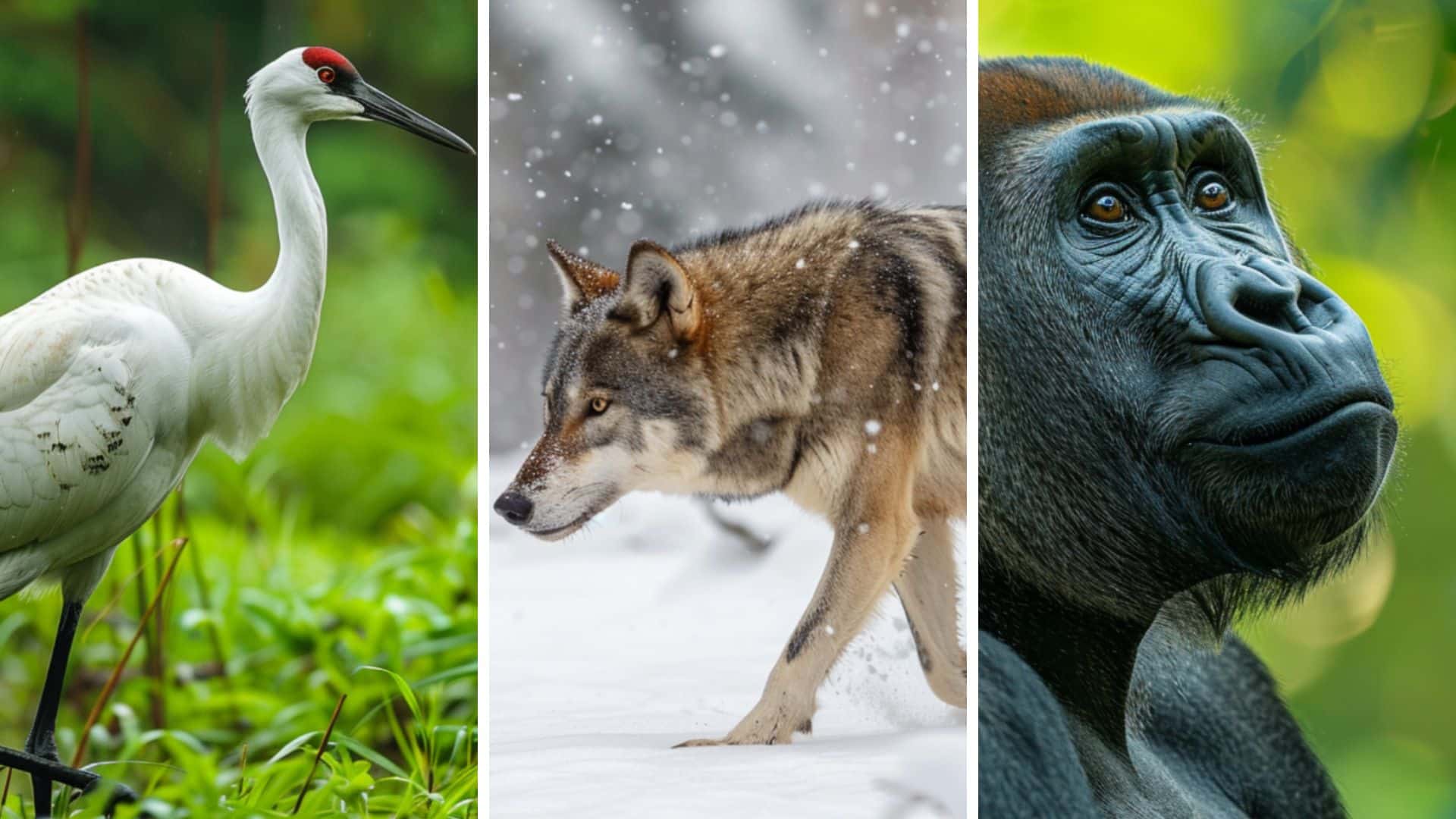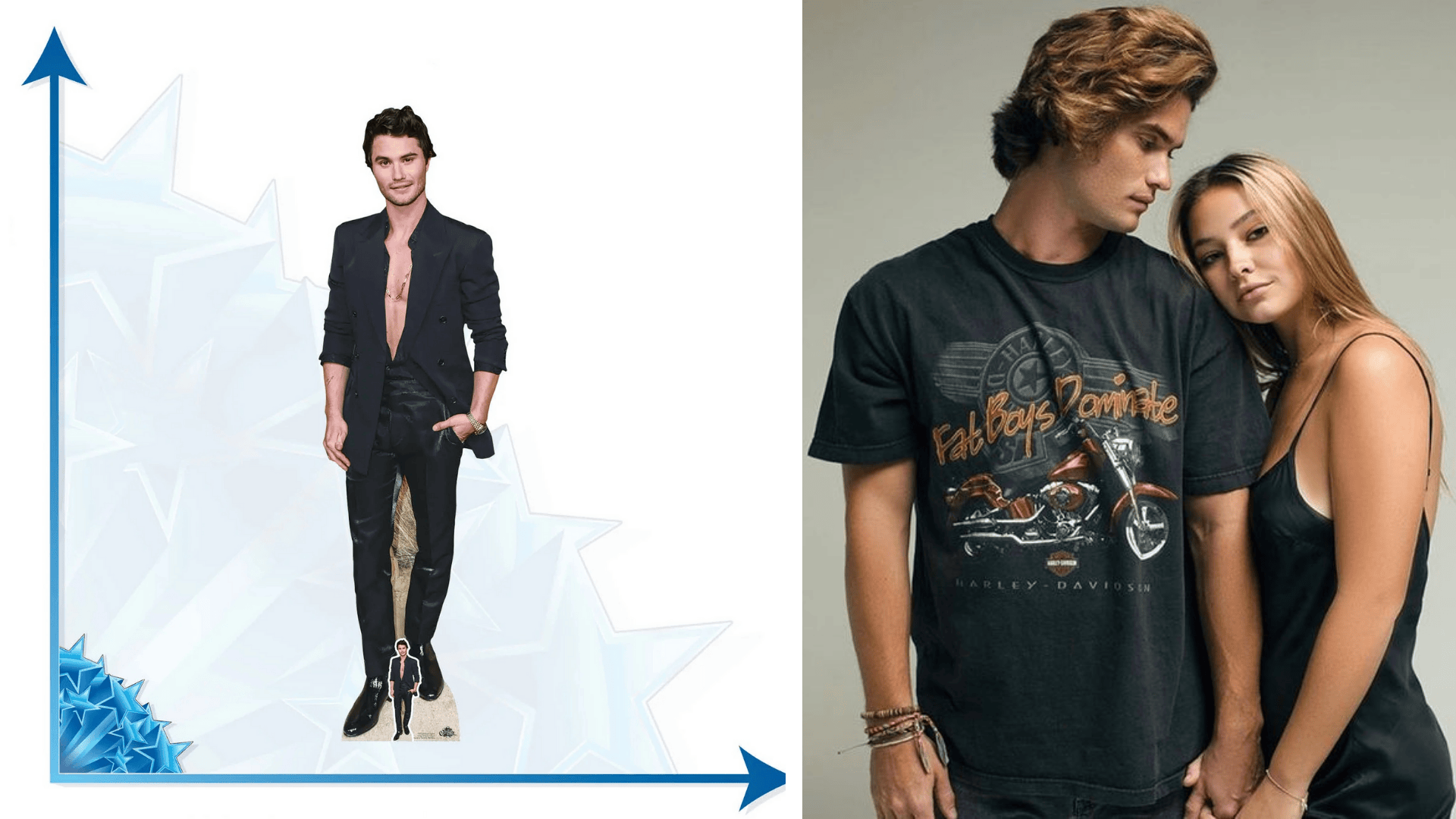The animal kingdom is a vast and interesting world, filled with astonishing creatures that inhabit every corner of our planet.
From the depths of the oceans to the highest mountain peaks, animals have adapted to thrive in various environments. Among the countless species, there are many whose names begin with the letter “W.”
These things that start with w are as diverse as they are captivating, each with unique characteristics, behaviors, and ecological roles.
Some are well-known and iconic, while others are more obscure and rarely seen. This article will check out different animals, beginning with the letter “W.”
As we proceed on our path into the world of these remarkable creatures, we will gain a greater appreciation for Earth’s incredible biodiversity and the importance of preserving it for generations to come.
1. Wallaby
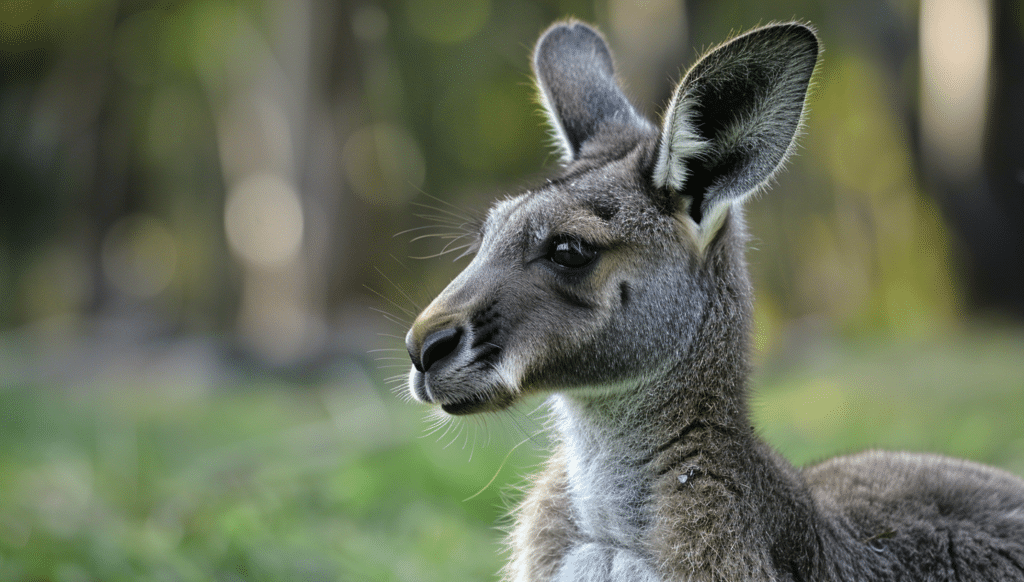
- Scientific Name: Macropus
- Place of Origin: Australia
- Region: Australia and New Guinea
Fun Facts:
- Wallabies are marsupials with powerful hind legs for hopping and jumping.
- They are highly agile and adapted for fast movement.
- They can regulate reproduction based on environmental conditions.
- They may delay embryo development during drought or stress.
2. Walrus
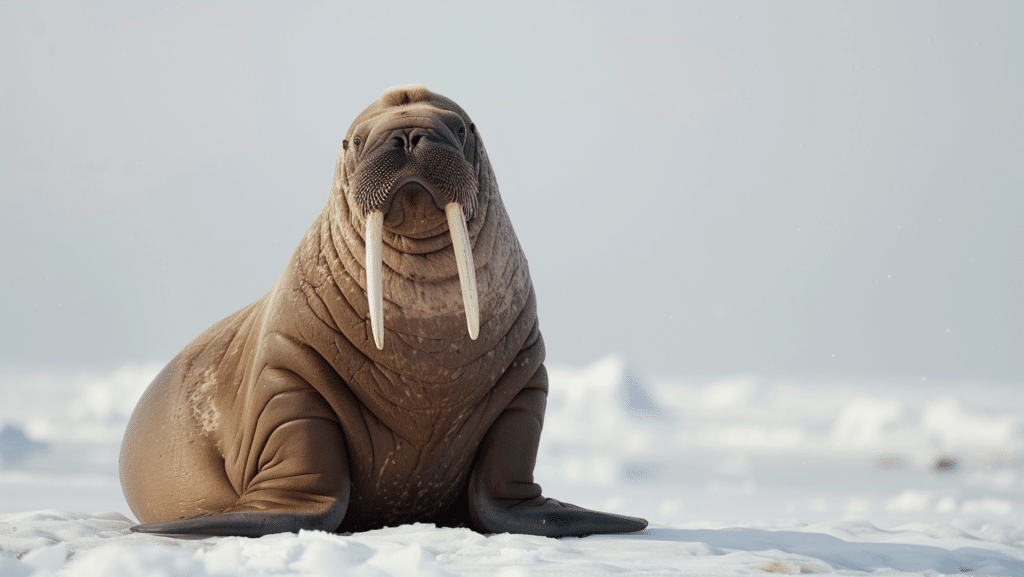
- Scientific Name: Odobenus rosmarus
- Place of Origin: Arctic regions
- Region: Arctic Ocean and Subarctic Seas
Fun Facts:
- Walruses have large tusks, which are elongated canine teeth.
- Their tusks can grow up to 3 feet long.
- Tusks are used for defense, establishing dominance, and hauling onto ice floes.
3. Warthog
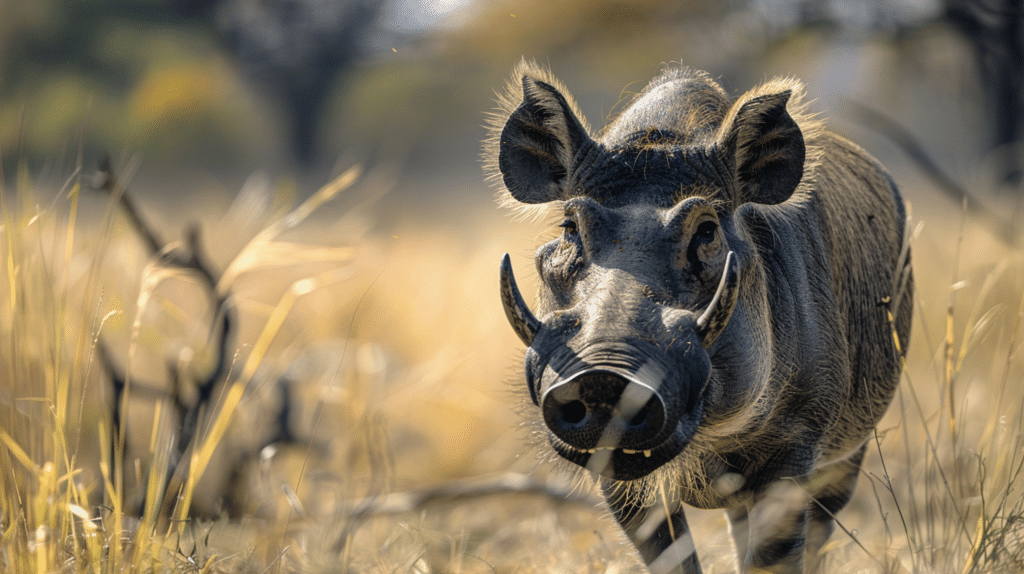
- Scientific Name: Phacochoerus africanus
- Place of Origin: Africa
- Region: Sub-Saharan Africa
Fun Facts:
- Warthogs are recognized by their facial warts and prominent tusks.
- They use their tusks for defense and digging.
- They can run up to 30 miles per hour.
- This speed helps them escape predators like lions and leopards.
4. Warbler
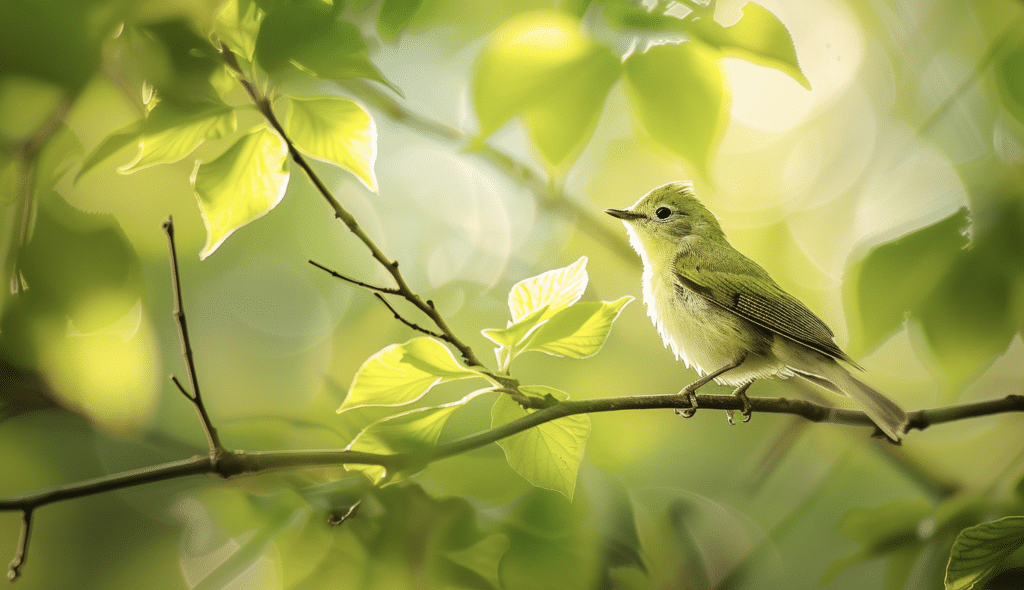
- Scientific Name: Sylviidae family
- Place of Origin: Varies by species
- Region: Worldwide
Fun Facts:
- Warblers are small, active birds known for their beautiful songs.
- Many species are migratory, traveling long distances annually.
- They navigate using celestial cues, magnetic fields, and visual landmarks.
5. Water Buffalo
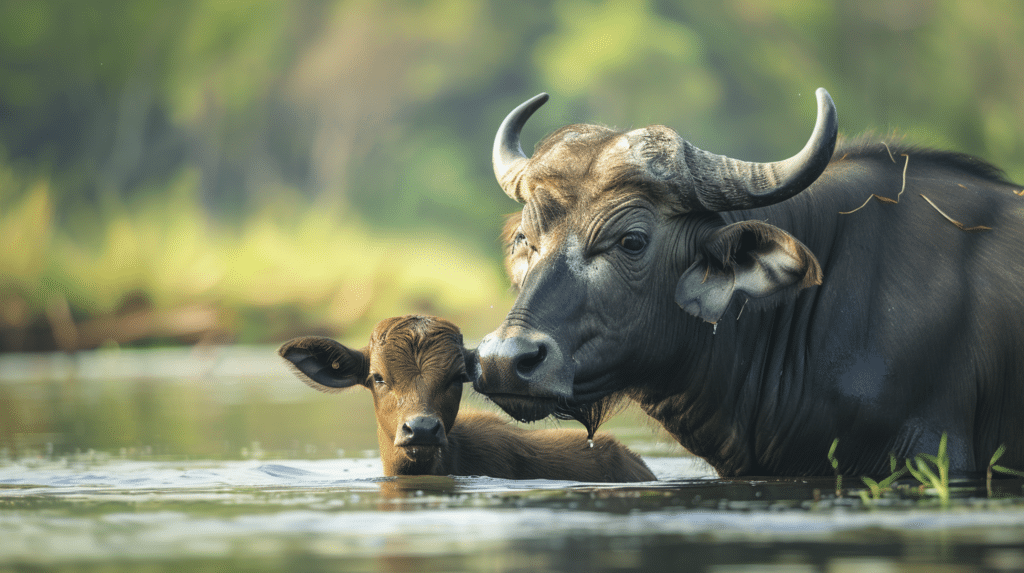
- Scientific Name: Bubalus bubalis
- Place of Origin: South and Southeast Asia
- Region: Asia, Africa, Australia, and South America
Fun Facts:
- Water buffaloes are excellent swimmers and can stay submerged for long periods.
- They have been domesticated for thousands of years.
- They are used for milk, meat, and as draft animals in agriculture.
- They share a close relationship with humans.
6. Weasel
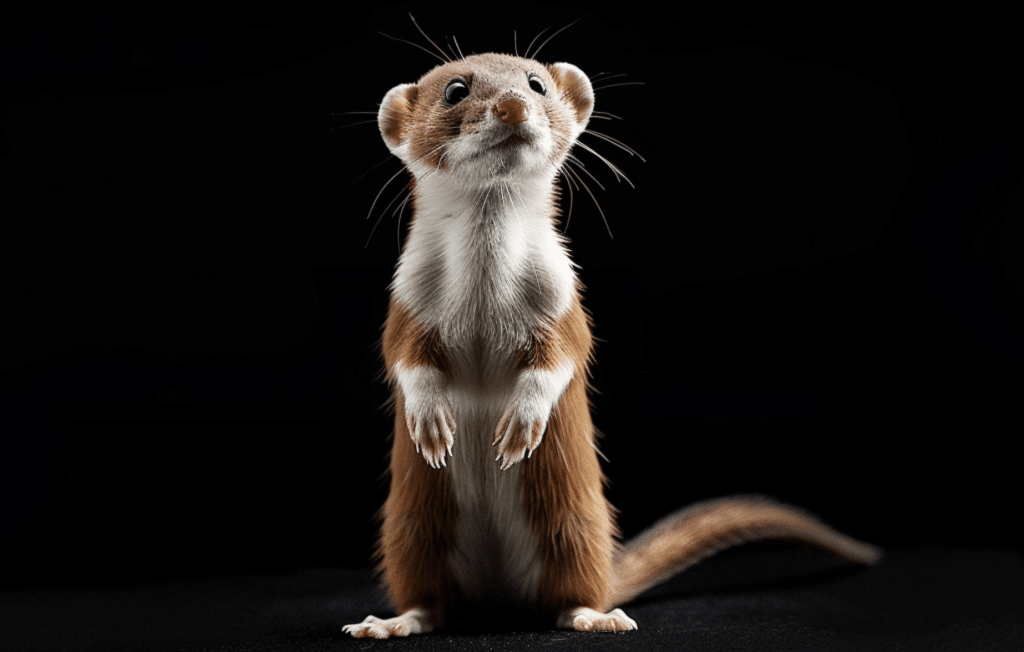
- Scientific Name: Mustela
- Place of Origin: Europe, Asia, and North America
- Region: Worldwide
Fun Facts:
- Weasels have slender bodies and quick, agile movements, making them skilled hunters.
- They can squeeze through tiny openings.
- Their flexibility is due to a flexible skeleton and lack of a collarbone.
- This allows them to chase prey in tight spaces.
7. Whale
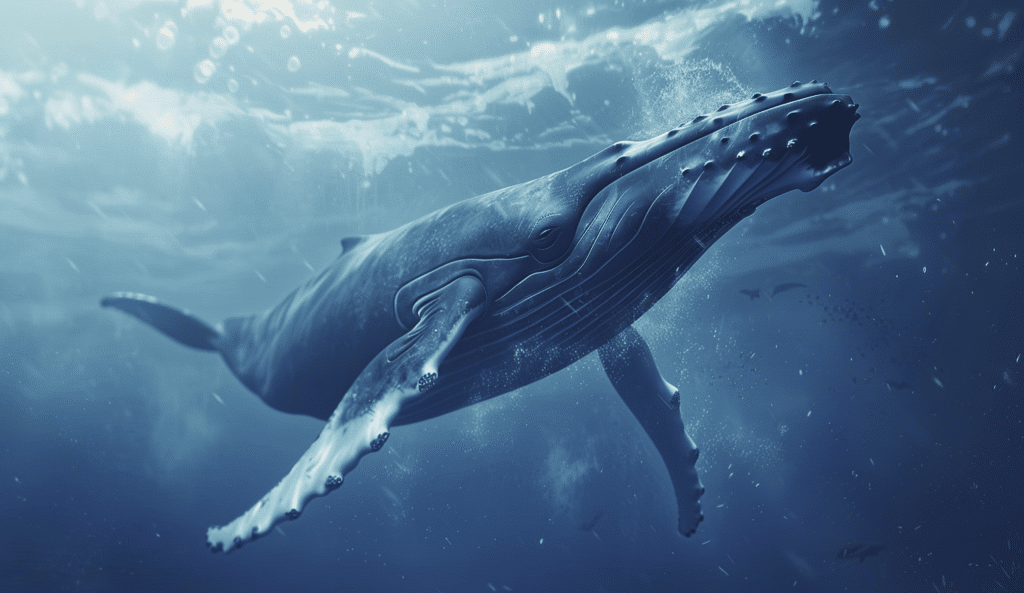
- Scientific Name: Cetacea order
- Place of Origin: Oceans worldwide
- Region: All oceans
Fun Facts:
- Whales are the largest mammals on Earth.
- Blue whales can grow up to 100 feet long.
- They are graceful swimmers despite their size.
- Whales have complex social structures.
- They communicate using vocalizations, including the haunting songs of humpback whales.
8. Whale Shark
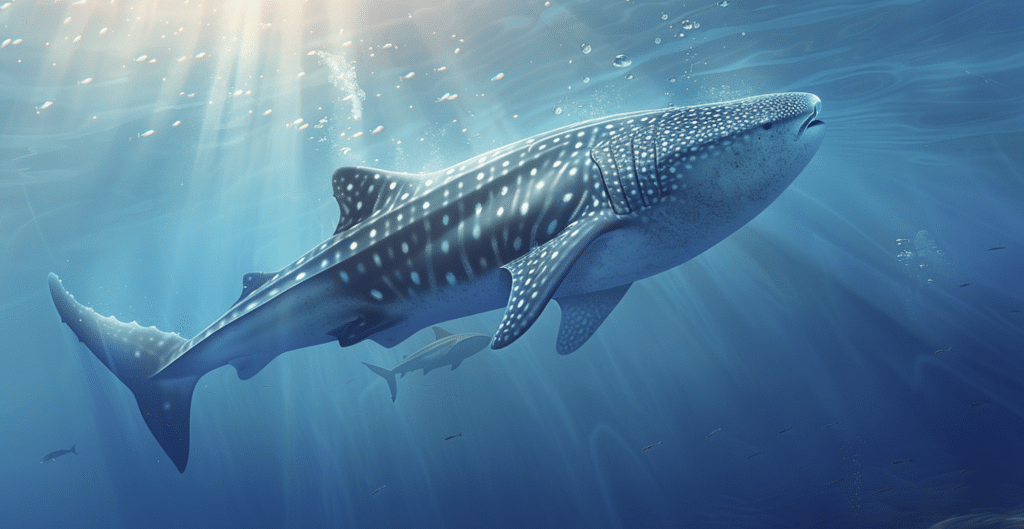
- Scientific Name: Rhincodon typus
- Place of Origin: Tropical and warm temperate seas
- Region: Worldwide in tropical and warm temperate waters
Fun Facts:
- Whale sharks are the largest fish in the world, reaching up to 40 feet in length.
- Despite their size, they primarily feed on plankton.
- They have a distinctive spotted pattern unique to each individual.
- Researchers use these patterns to identify and track them.
9. White-tailed Deer
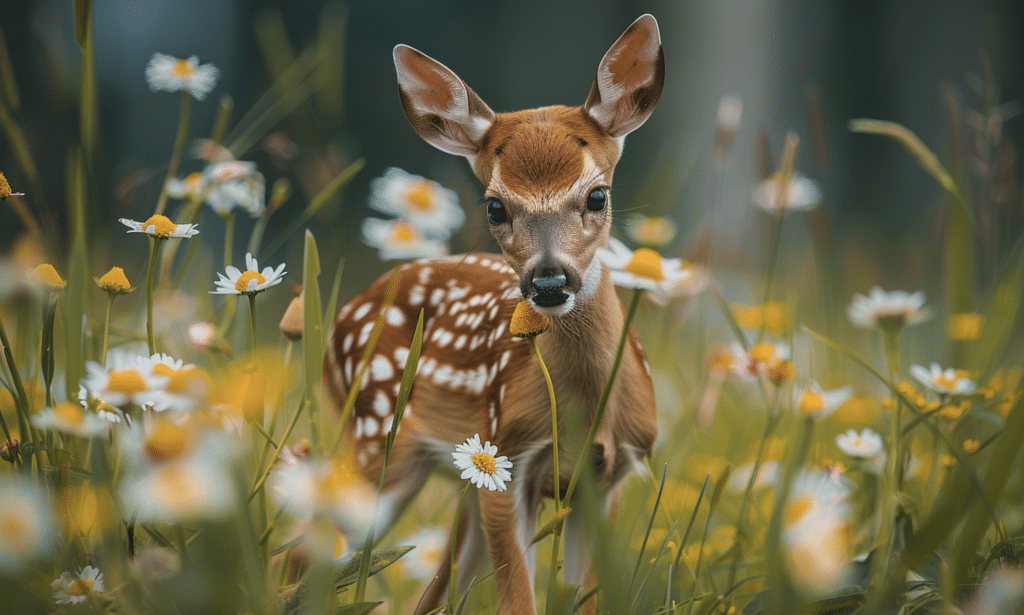
- Scientific Name: Odocoileus virginianus
- Place of Origin: North and South America
- Region: North and South America
Fun Facts:
- White-tailed deer have a distinctive white tail they raise when alarmed to signal danger.
- They are excellent jumpers and can clear fences up to 8 feet high.
- They are highly adaptable, living in habitats ranging from forests to suburban areas.
10. White Tiger
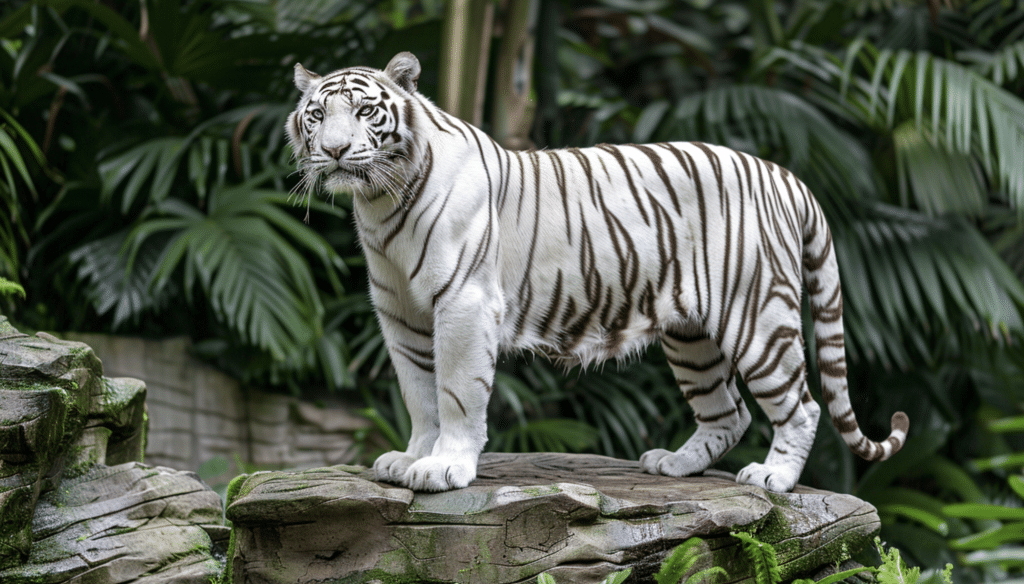
- Scientific Name: Panthera tigris
- Place of Origin: Indian subcontinent
- Region: Captivity (no natural wild population)
Fun Facts:
- White tigers are a rare color morph of the Bengal tiger, not a separate subspecies.
- They are born to parents carrying a recessive gene for the white coat.
- Their striking appearance does not make them better hunters.
- They are no more effective at hunting than orange Bengal tigers.
11. Wildebeest
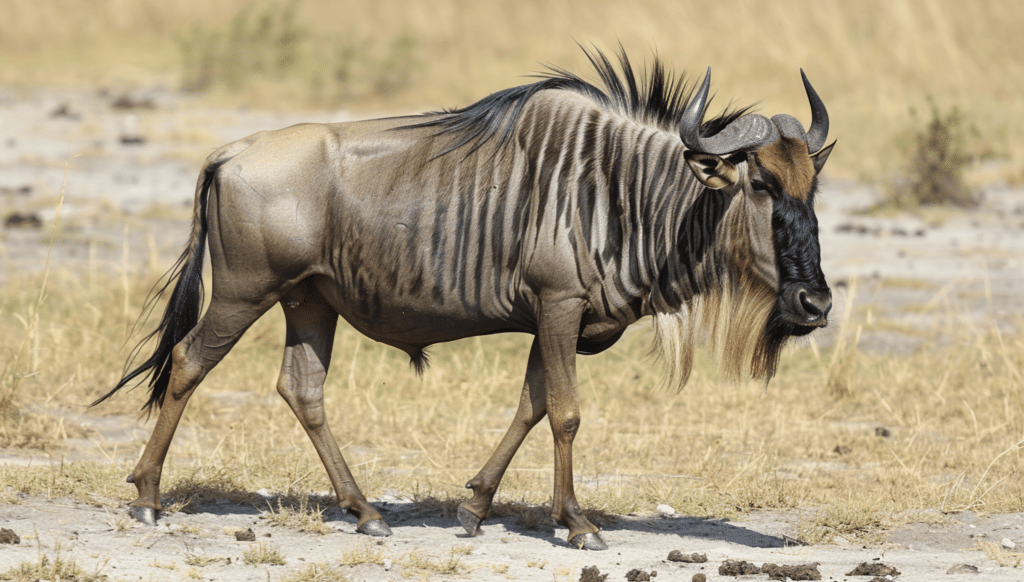
- Scientific Name: Connochaetes
- Place of Origin: Africa
- Region: Eastern and Southern Africa
Fun Facts:
- Wildebeests are famous for their annual migration across great distances.
- Vast herds travel hundreds of miles in search of greener pastures.
- They face obstacles like crocodile-infested rivers and predators such as lions and hyenas.
- This migration is one of the most dramatic events in the animal kingdom.
12. Wolf
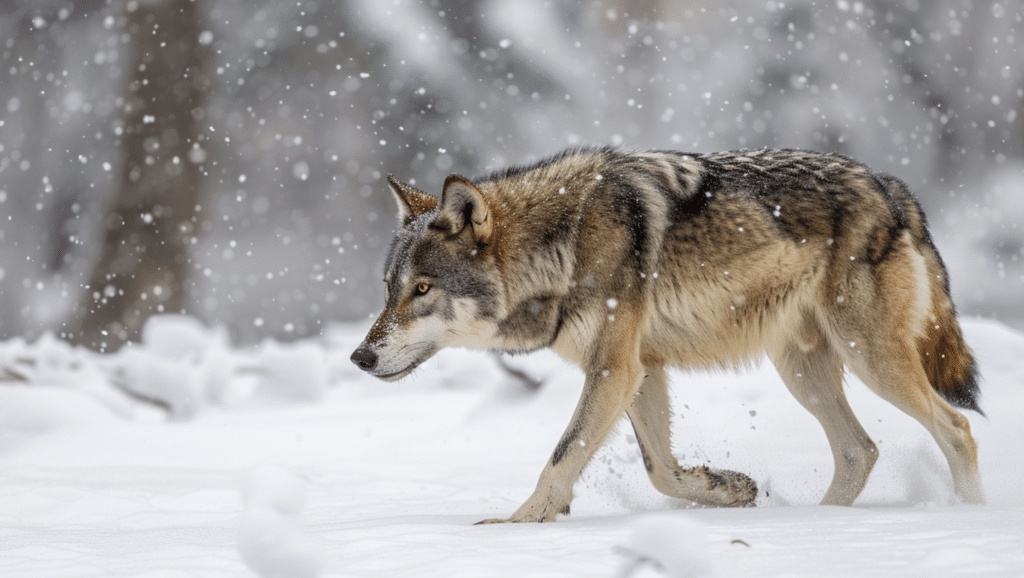
- Scientific Name: Canis lupus
- Place of Origin: Eurasia and North America
- Region: North America, Europe, and Asia
Fun Facts:
- Wolves are highly social animals that live in structured packs.
- Packs are led by alpha males and females.
- Wolves communicate through howls and body language.
- They are intelligent and work cooperatively to hunt large prey like moose and bison.
13. Wolverine
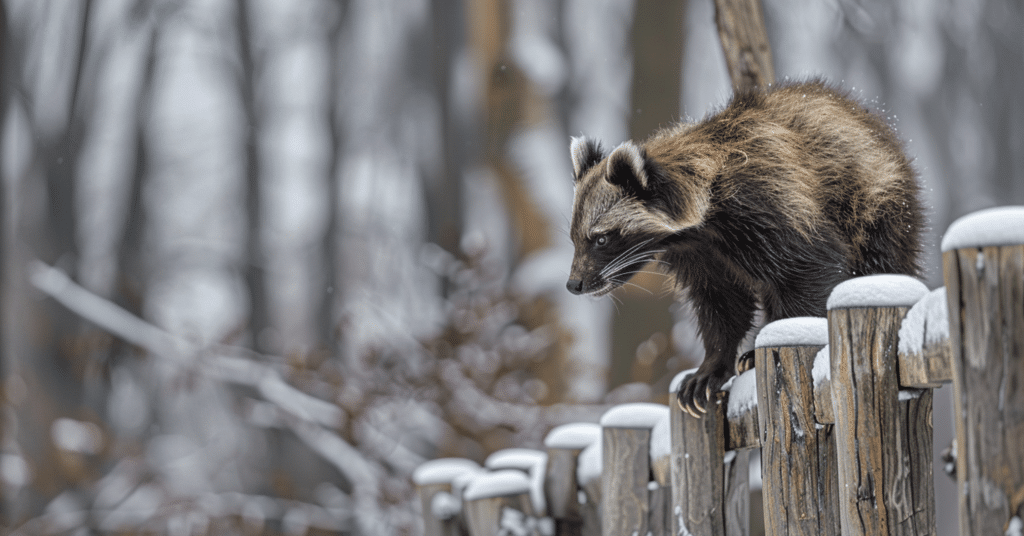
- Scientific Name: Gulo gulo
- Place of Origin: Northern regions of Europe, Asia, and North America
- Region: North America and Eurasia
Fun Facts:
- Wolverines are known for their strength and ferocity.
- They can defend their food from larger predators, including bears.
- They have a keen sense of smell to locate food beneath the snow.
- Wolverines can travel long distances in search of prey or carrion.
14. Wombat
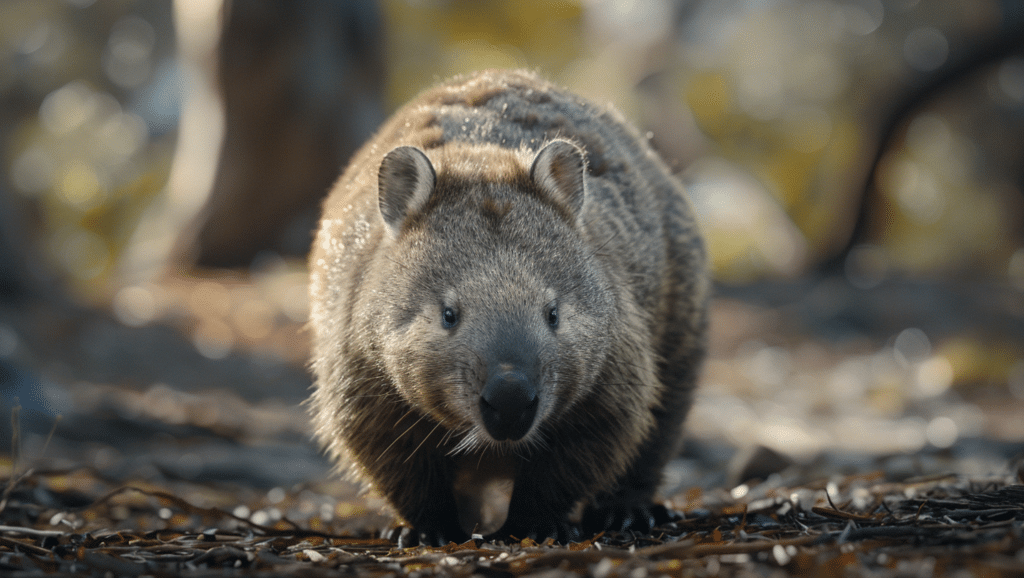
- Scientific Name: Vombatidae family
- Place of Origin: Australia
- Region: Australia
Fun Facts:
- Wombats are marsupials with a highly efficient digestive system for extracting nutrition.
- They have a backward-facing pouch to keep dirt out while digging.
- This adaptation helps protect their young in underground burrows.
15. Woodpecker
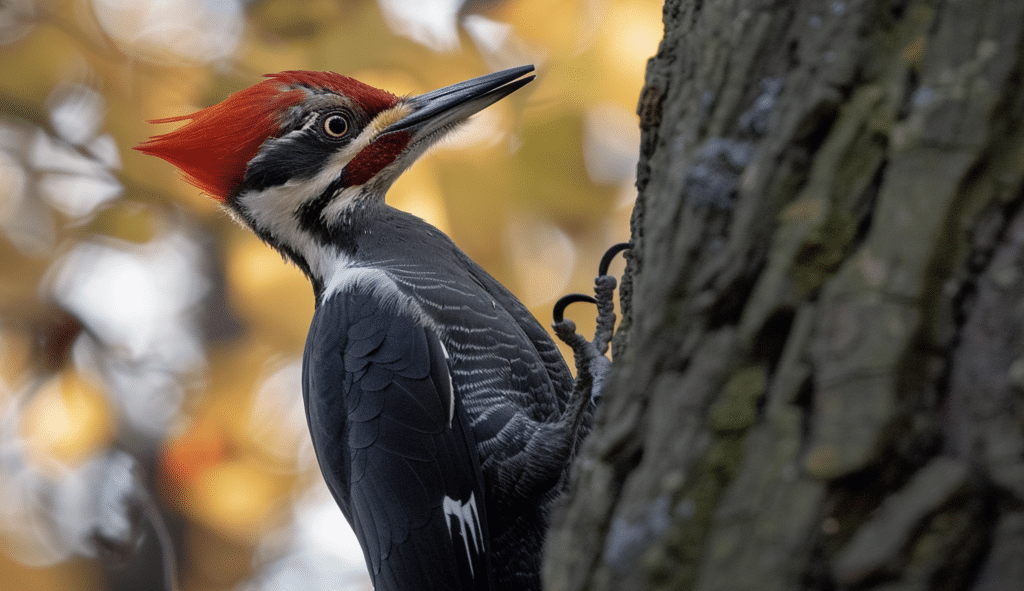
- Scientific Name: Picidae family
- Place of Origin: Tropics of Eurasia
- Region: Worldwide, except for Australia, New Zealand, and Antarctica
Fun Facts:
- Woodpeckers have strong, chisel-like beaks for drilling into trees.
- They use their beaks to find insects and create nesting cavities.
- Their reinforced skull and spongy bone structure absorb impact.
- These adaptations prevent brain damage from rapid pecking.
16. Worm Lizard
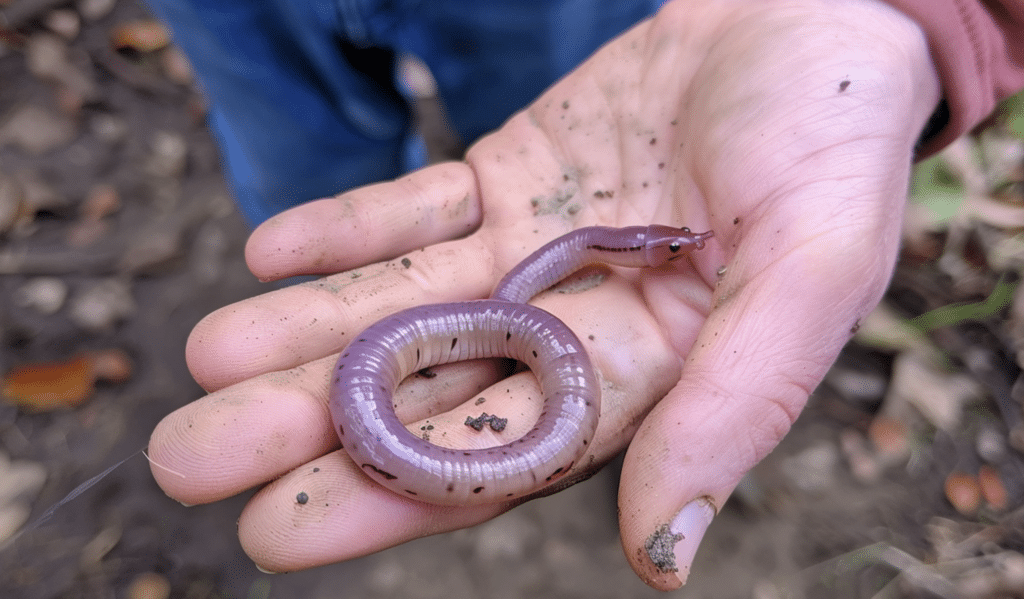
- Scientific Name: Amphisbaenia order
- Place of Origin: Africa, Europe, Asia, and the Americas
- Region: Worldwide in tropical and subtropical regions
Fun Facts:
- Worm lizards are not true lizards but belong to a separate group of reptiles.
- They have elongated bodies and reduced limbs.
- They are adapted for burrowing through soil and leaf litter.
- Their specialized skull structure aids in underground movement.
17. Wrasse
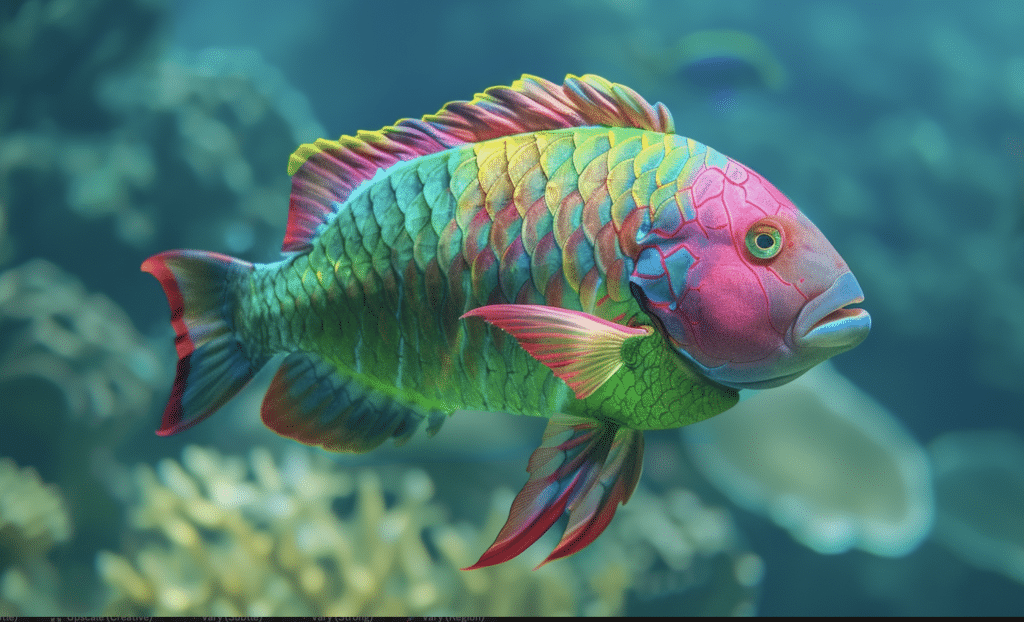
- Scientific Name: Labridae family
- Place of Origin: Worldwide in marine environments
- Region: Tropical and temperate oceans worldwide
Fun Facts:
- Many wrasse species can change sex during their lifetime.
- They typically start as females and later transition to males.
- This process is called sequential hermaphroditism.
- It helps maintain a balanced sex ratio and boosts reproductive success.
18. Wryneck
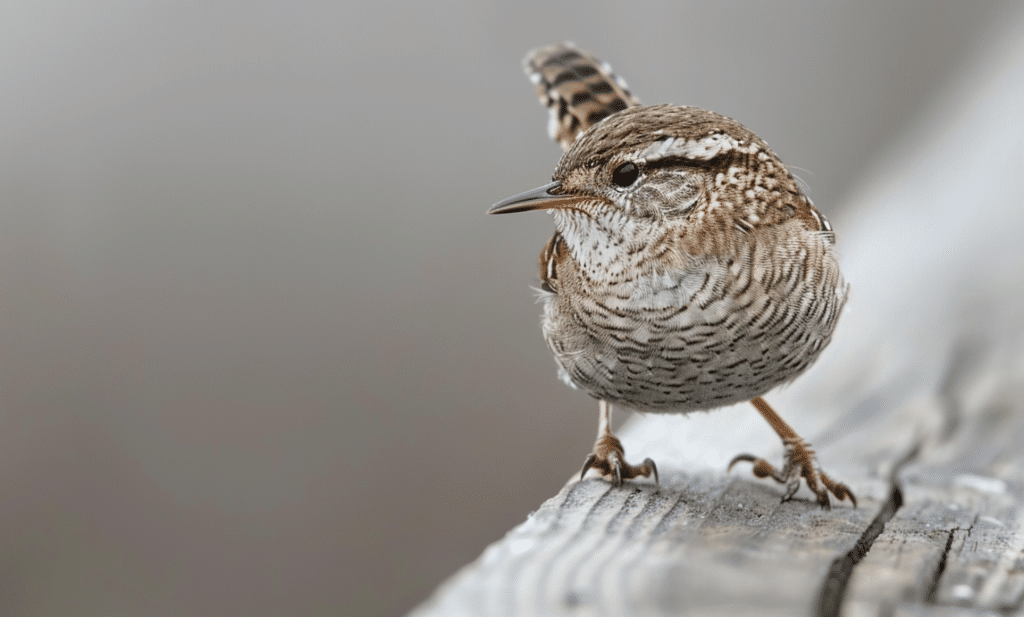
- Scientific Name: Jynx torquilla
- Place of Origin: Europe, Asia, and Africa
- Region: Europe, Asia, and Africa
Fun Facts:
- Wrynecks are named for their ability to turn their heads nearly 180 degrees.
- This helps them search for insects in crevices without moving their whole body.
- The head-turning behavior also serves as a defense mechanism to startle predators.
19. Wren
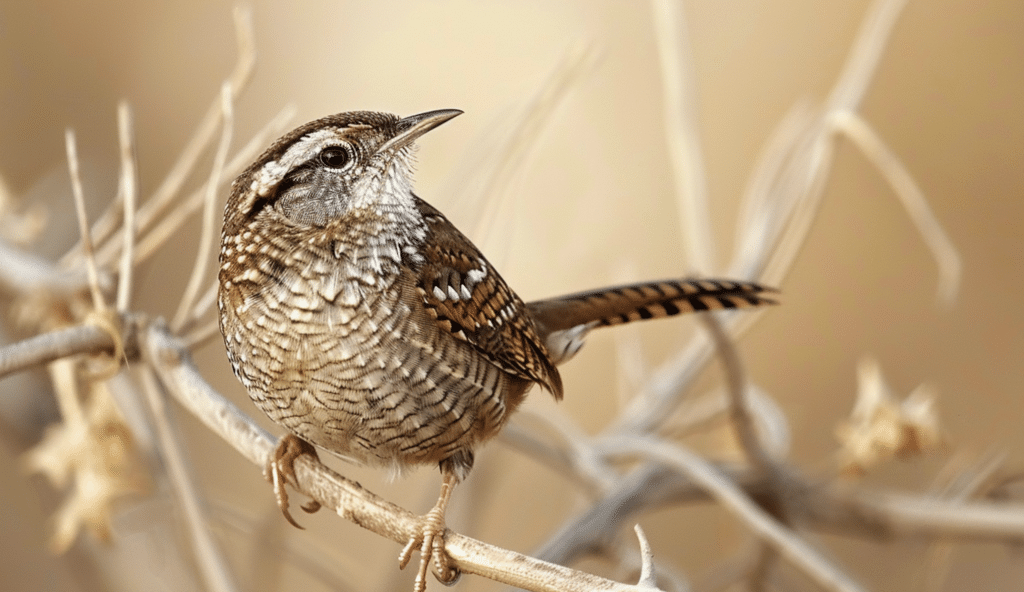
- Scientific Name: Troglodytidae family
- Place of Origin: Worldwide
- Region: Worldwide, except for polar regions and some oceanic islands
Fun Facts:
- Wrens are small, energetic birds with loud, complex songs.
- Mated pairs often sing in duets.
- They are fiercely territorial despite their size.
- Wrens will aggressively defend nests, even against larger birds.
20. Wallaroo
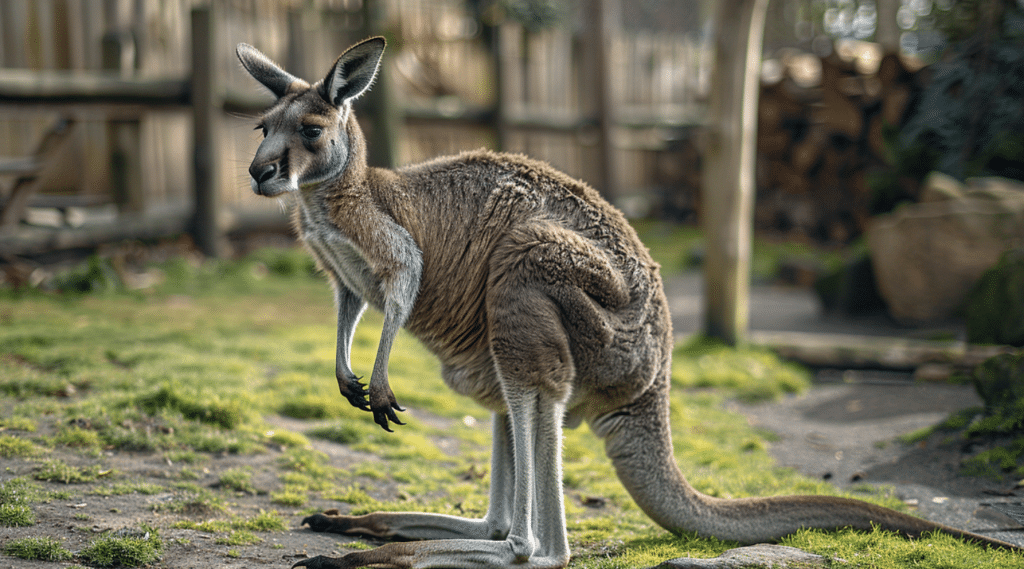
- Scientific Name: Osphranter robustus
- Place of Origin: Australia
- Region: Australia
Fun Facts:
- Wallaroos are macropods, intermediate in size between kangaroos and wallabies.
- They are adapted to rocky, mountainous terrain.
- Specialized foot pads provide traction on steep surfaces.
- These adaptations help them navigate rugged landscapes safely.
21. Wahoo
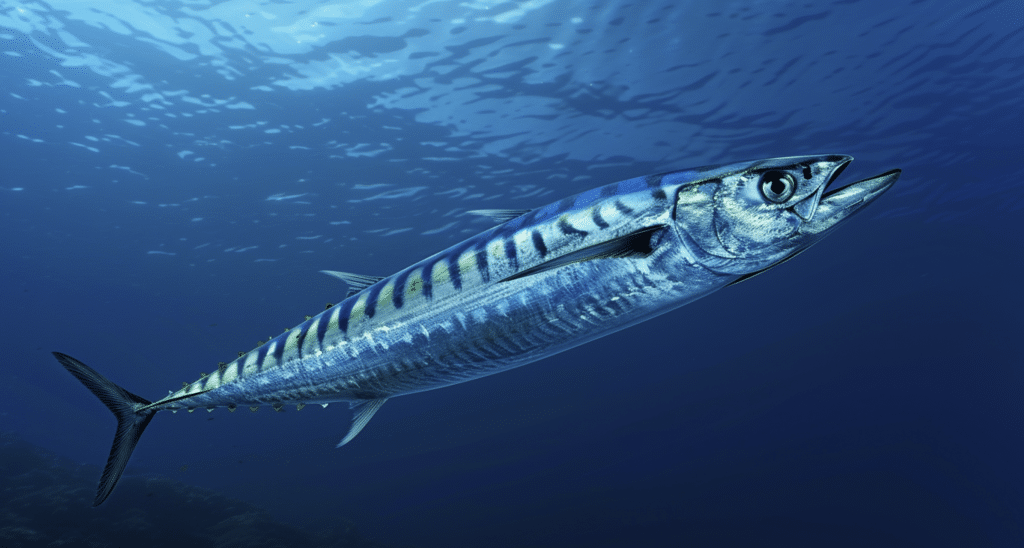
- Scientific Name: Acanthocybium solandri
- Place of Origin: Tropical and subtropical waters worldwide
- Region: Atlantic, Pacific, and Indian Oceans
Fun Facts:
- Wahoos are incredibly fast swimmers, reaching speeds up to 60 miles per hour.
- They are highly prized by sport fishermen for their strength and speed.
- When hooked, wahoos often make spectacular leaps out of the water.
22. Wobbegong Shark
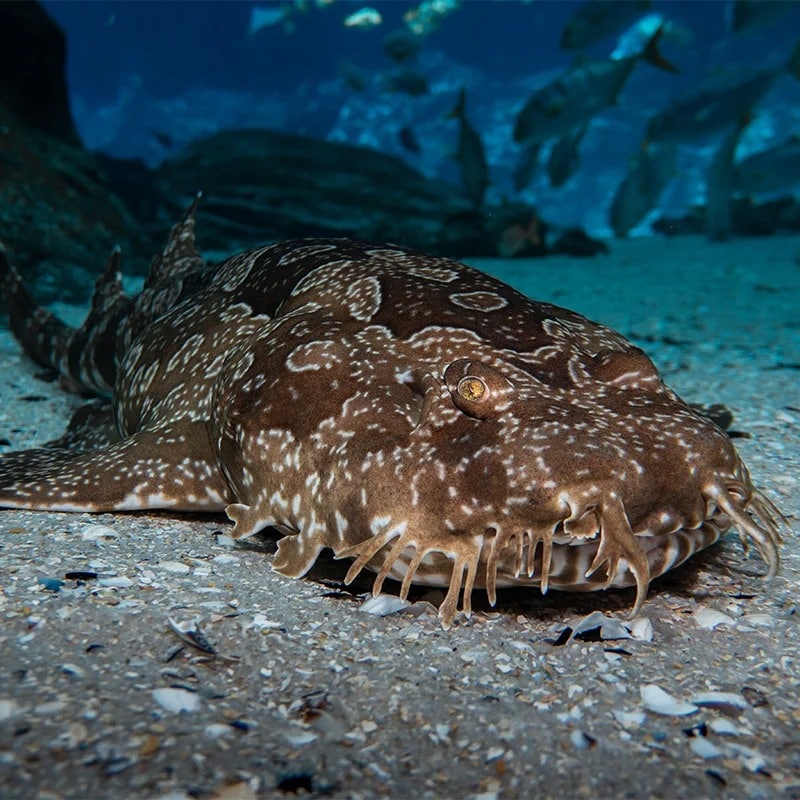
- Scientific Name: Orectolobus
- Place of Origin: Western Pacific Ocean
- Region: Coastal waters of Australia and Indonesia
Fun Facts:
- Wobbegong sharks have a flattened body and beard-like fringe around their mouths.
- They are ambush predators that lie in wait on the seafloor.
- Their camouflage helps them blend into their surroundings.
- They strike quickly at unsuspecting prey.
23. Whip Scorpion
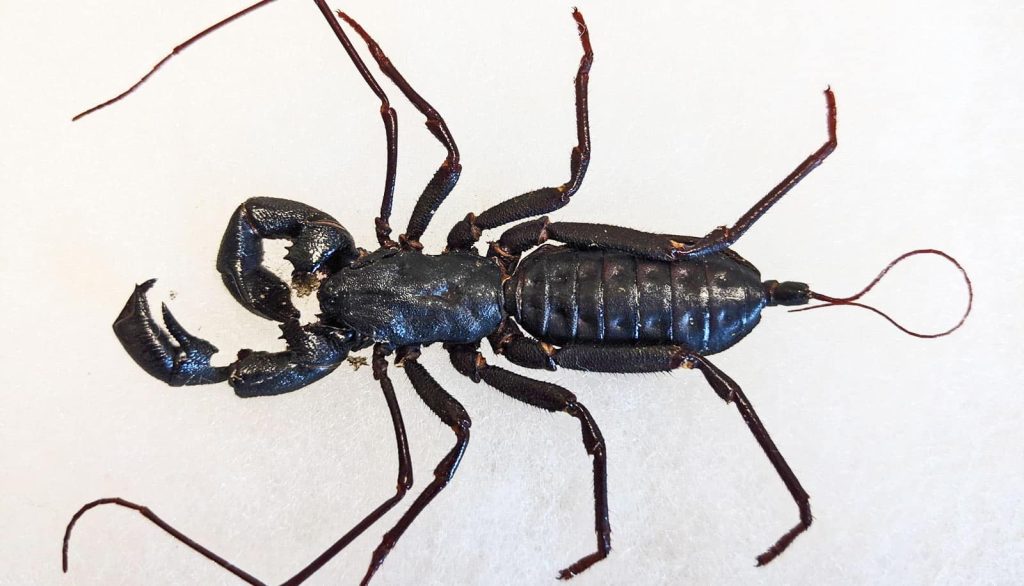
- Scientific Name: Thelyphonida order
- Place of Origin: Tropical regions worldwide
- Region: Tropical regions of the Americas, Africa, Asia, and Australia
Fun Facts:
- Whip scorpions are not true scorpions and lack venomous stingers.
- They can spray a defensive liquid from their tails.
- Their elongated, whip-like front legs are used for sensing and capturing prey.
- These adaptations help them navigate and hunt effectively.
24. Whip Spider
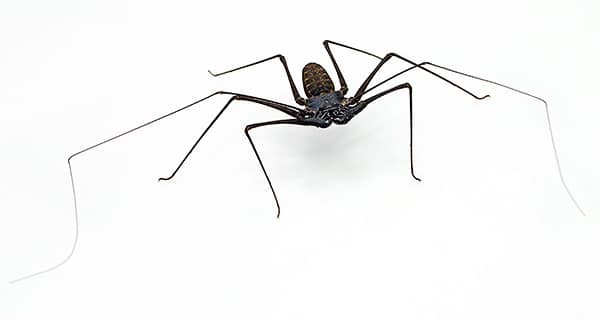
- Scientific Name: Amblypygi order
- Place of Origin: Tropical regions worldwide
- Region: Tropical regions of the Americas, Africa, Asia, and Australia
Fun Facts:
- Whip spiders have elongated, whip-like front legs used for sensing and capturing prey.
- Despite their fearsome appearance, they are not venomous.
- They are timid creatures that prefer hiding in crevices and under rocks during the day.
25. Whooping Crane
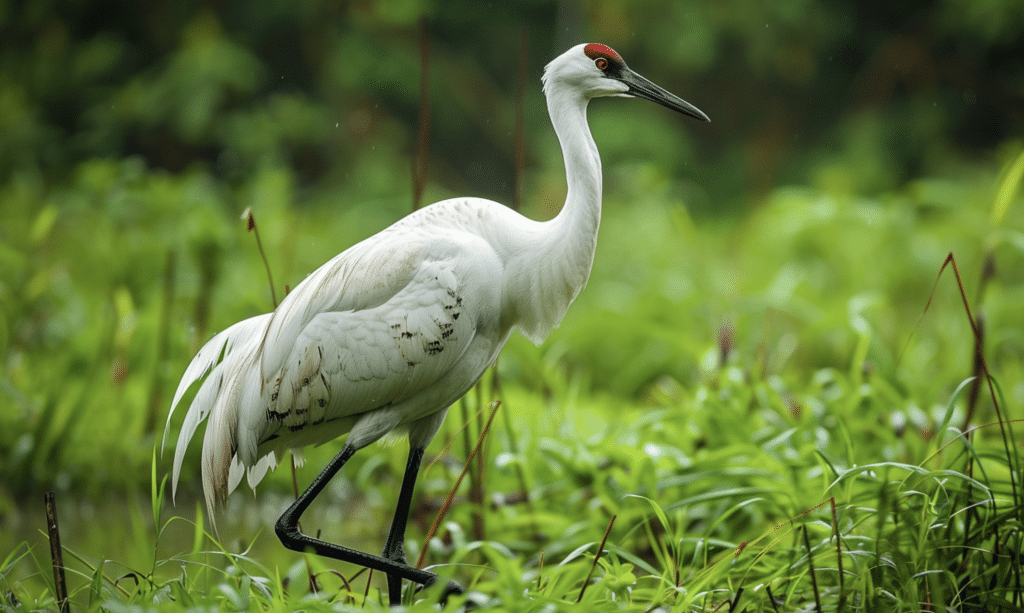
- Scientific Name: Grus americana
- Place of Origin: North America
- Region: North America
Fun Facts:
- Whooping cranes are the tallest birds in North America, reaching up to 5 feet tall.
- They are known for their distinctive whooping call.
- They are one of the rarest crane species in the world.
- Only about 500 individuals remain in the wild due to habitat loss and hunting.
26. Wagtail
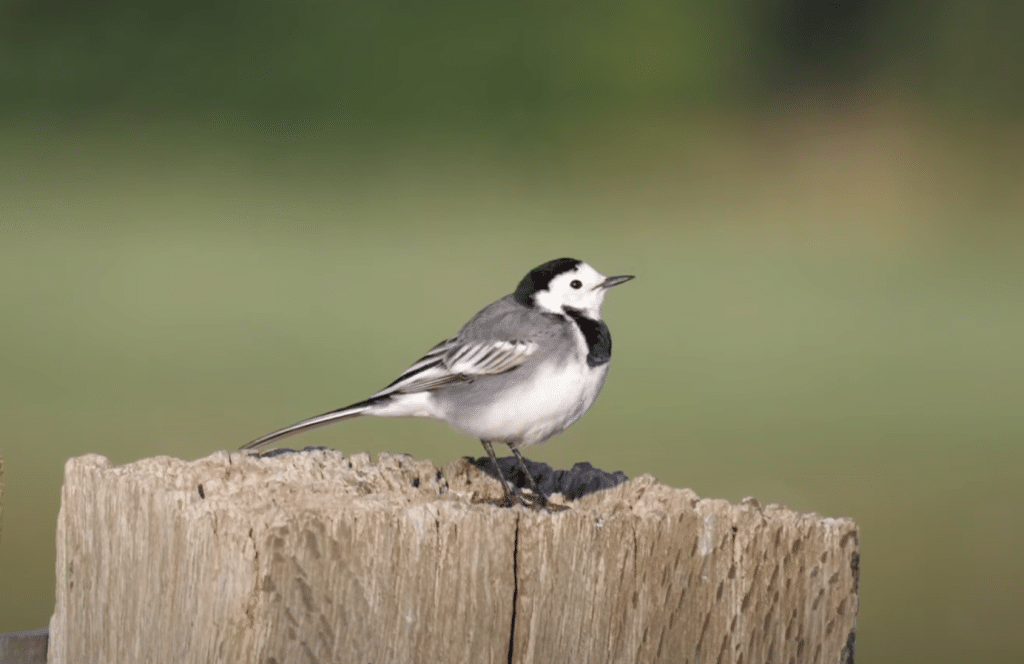
- Scientific Name: Motacilla
- Place of Origin: Europe, Asia, and Africa
- Region: Europe, Asia, Africa, and Australia
Fun Facts:
- Wagtails are known for their constant tail-wagging behavior.
- They wag their tails while walking or running on the ground.
- This behavior is believed to startle insects, making them easier to catch.
27. Wallcreeper
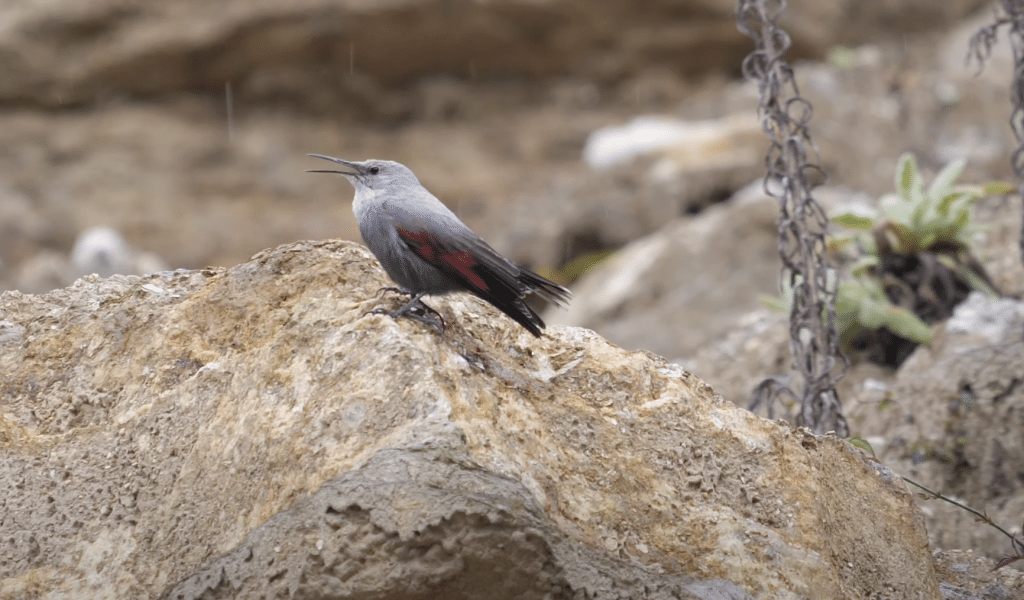
- Scientific Name: Tichodroma muraria
- Place of Origin: Southern Europe and Asia
- Region: Mountains of southern Europe and central Asia
Fun Facts:
- Wallcreepers can climb vertical rock faces using their long, curved claws.
- They are often seen fluttering their wings while clinging to cliffs.
- They search for insects along rocky surfaces.
28. Walleye
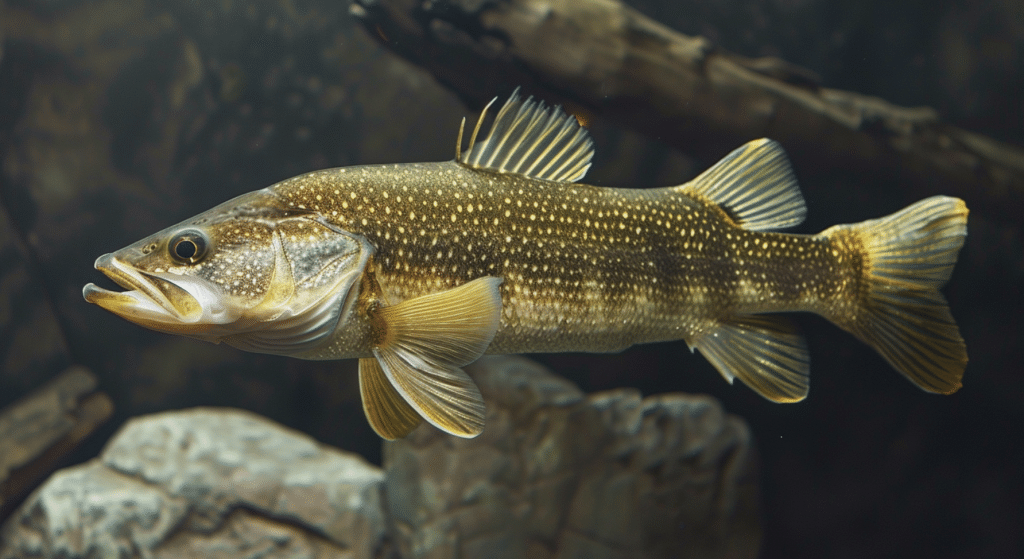
- Scientific Name: Sander vitreus
- Place of Origin: North America
- Region: Freshwater lakes and rivers of the United States and Canada
Fun Facts:
- Walleyes are named for their large, reflective eyes.
- Their eyes help them see well in low-light conditions.
- This adaptation makes them effective nighttime predators.
29. Weedy Seadragon
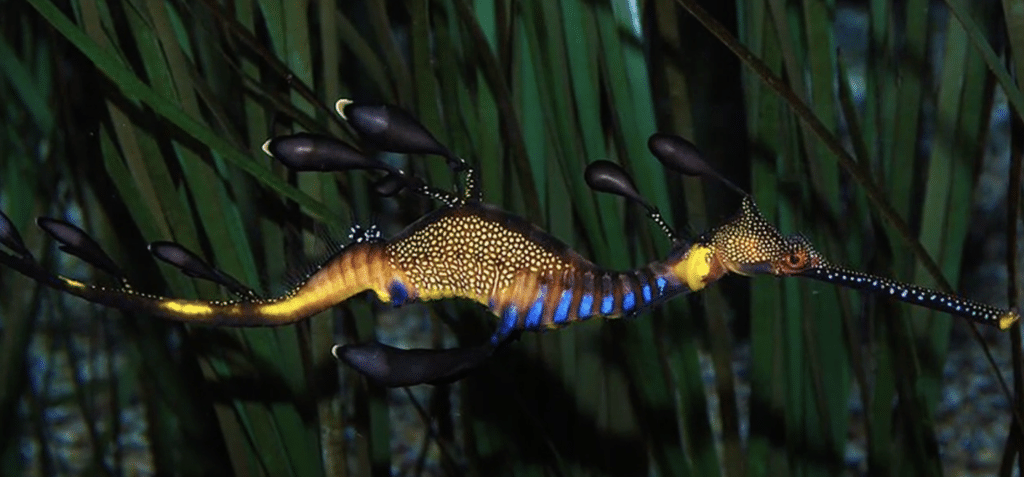
- Scientific Name: Phyllopteryx taeniolatus
- Place of Origin: Australia
- Region: Southern and eastern coasts of Australia
Fun Facts:
- Weedy seadragons have leaf-like appendages for camouflage among seaweed.
- They are masters of blending into their environment.
- Males carry developing eggs on their tails until they hatch.
30. Weeper Capuchin
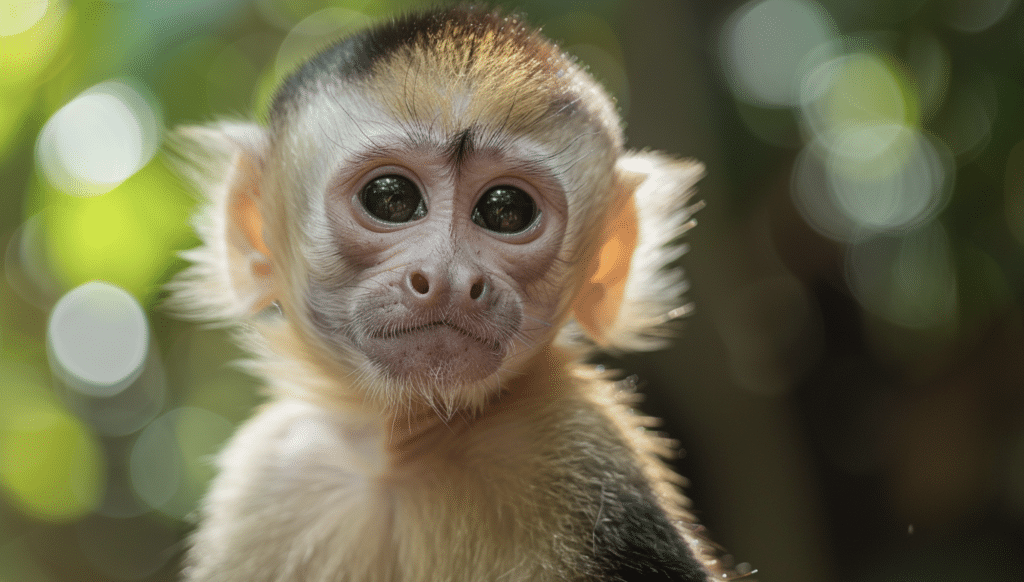
- Scientific Name: Cebus olivaceus
- Place of Origin: South America
- Region: Northern South America
Fun Facts:
- Weeper capuchins are known for their distinctive vocalizations, including whistles, trills, and screams.
- They are skilled tool users.
- They use rocks to crack open hard-shelled fruits and nuts.
31. Weevil
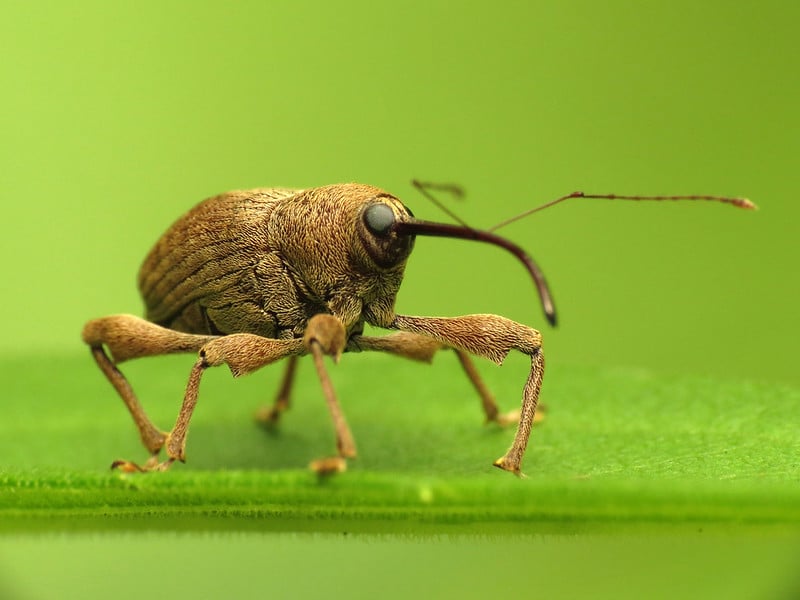
- Scientific Name: Curculionidae family
- Place of Origin: Worldwide
- Region: Worldwide
Fun Facts:
- Weevils are a diverse group of beetles with elongated snouts.
- They use their snouts to bore into plants and lay eggs.
- Some species are agricultural pests.
- Others are used in biological control of invasive plants.
32. Welwitschia
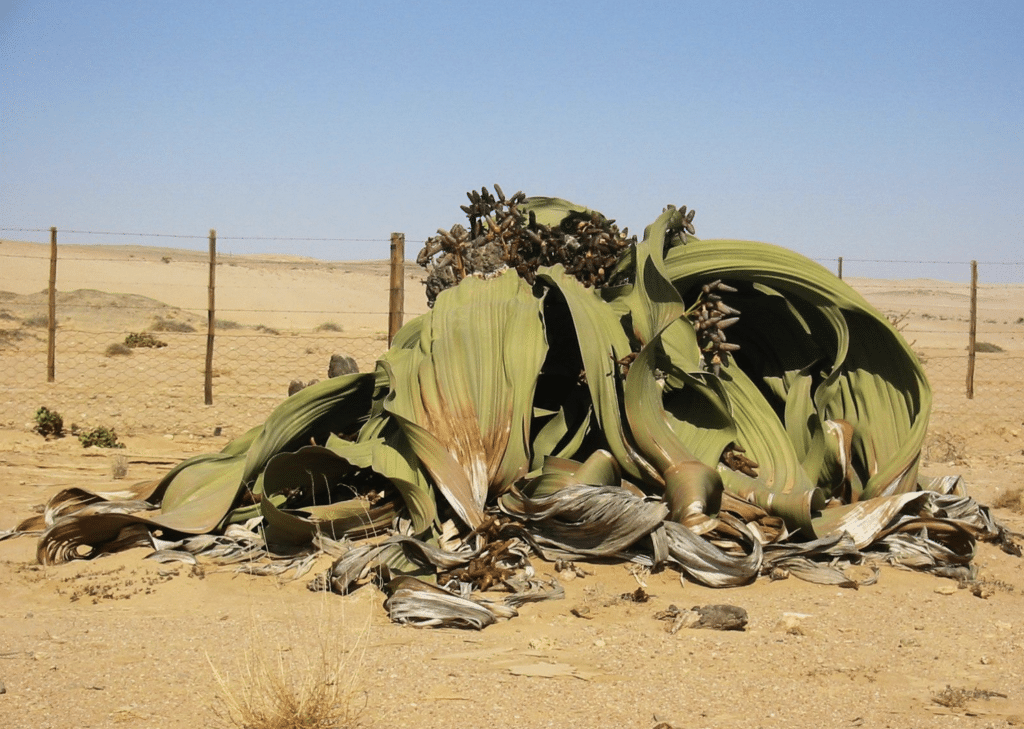
- Scientific Name: Welwitschia mirabilis
- Place of Origin: Africa
- Region: Namib Desert of Angola and Namibia
Fun Facts:
- Welwitschia is a unique plant often called a “living fossil” due to its ancient lineage.
- It has only two leaves that grow continuously throughout its life.
- The plant can live for over 1,000 years.
- Its unusual appearance and longevity make it a botanical curiosity.
33. Wels Catfish
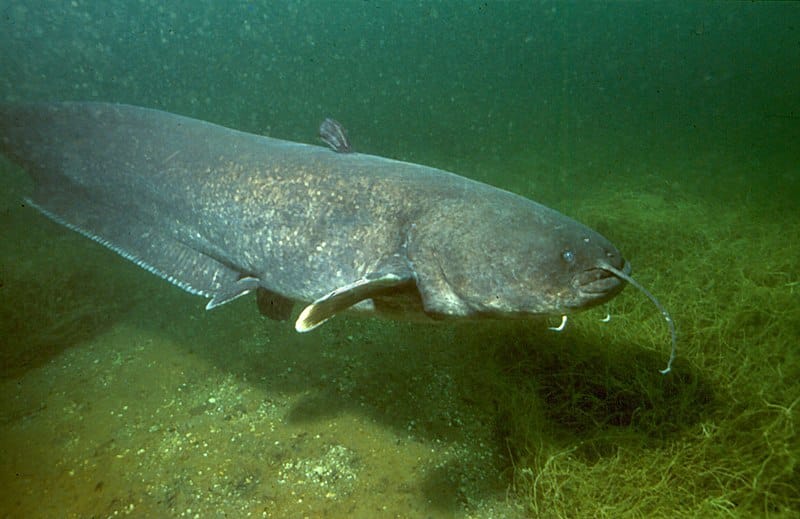
- Scientific Name: Silurus glanis
- Place of Origin: Europe and Asia
- Region: Widespread in Europe and parts of Asia
Fun Facts:
- Wels catfish are the largest freshwater fish in Europe.
- They can grow up to 9 feet long and weigh over 600 pounds.
- They are opportunistic predators.
- Their diet includes fish, birds, and small mammals.
34. Western Green Mamba
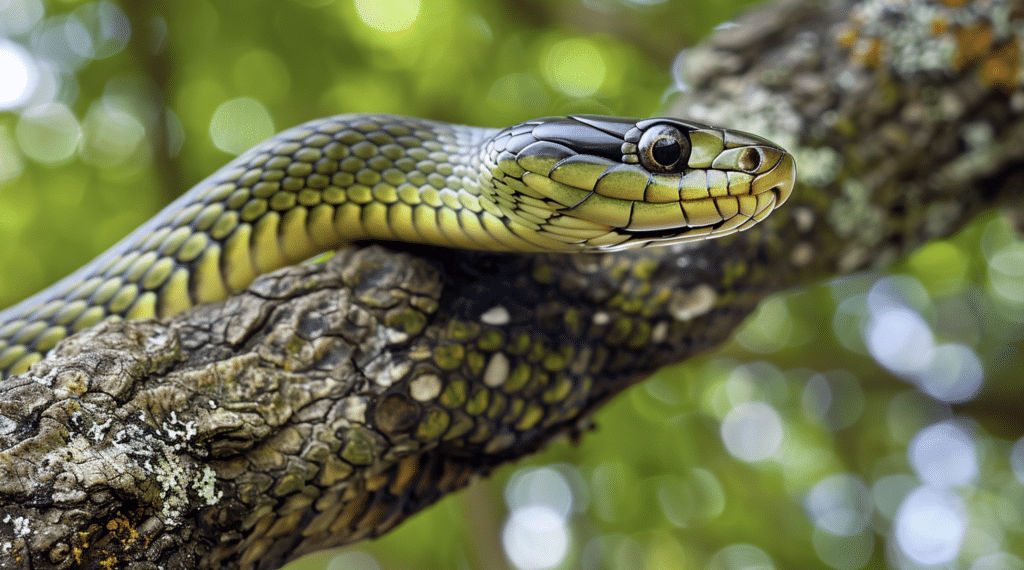
- Scientific Name: Dendroaspis viridis
- Place of Origin: Africa
- Region: West Africa
Fun Facts:
- Western green mambas are highly venomous snakes.
- They are adapted for an arboreal (tree-dwelling) lifestyle.
- Their bright green coloration provides excellent camouflage among leaves and vines.
35. Western Lowland Gorilla
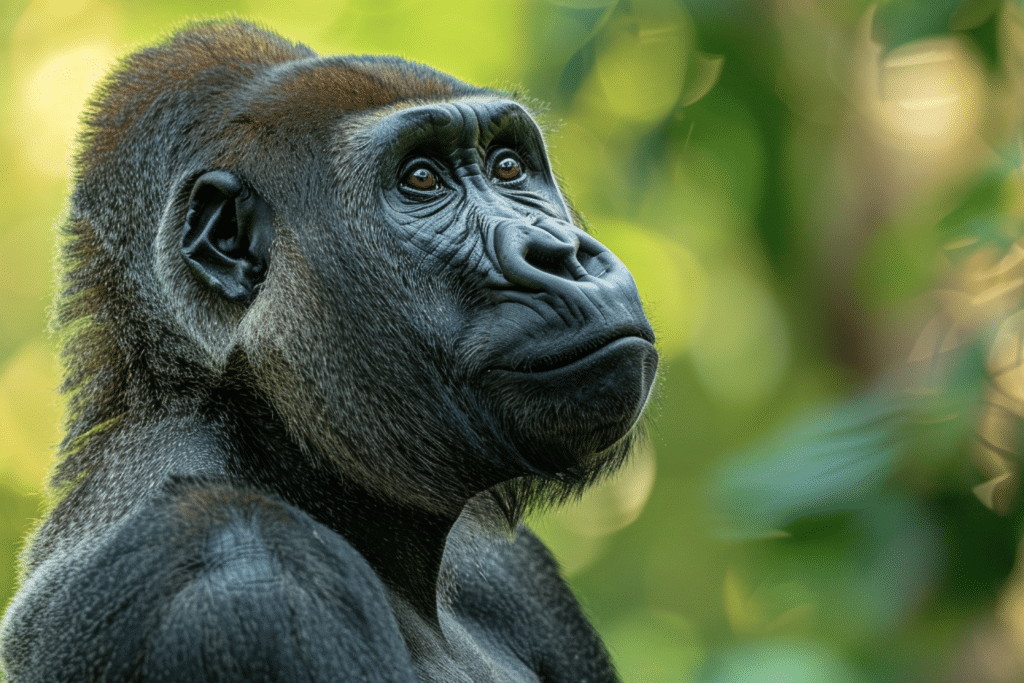
- Scientific Name: Gorilla gorilla gorilla
- Place of Origin: Africa
- Region: Lowland forests of central and western Africa
Fun Facts:
- Western lowland gorillas are the smallest of the four gorilla subspecies.
- Males can still weigh up to 400 pounds.
- They are primarily herbivorous, feeding on fruits, leaves, and shoots.
- They play a vital role in seed dispersal within their forest habitats.
36. Western Spotted Skunk
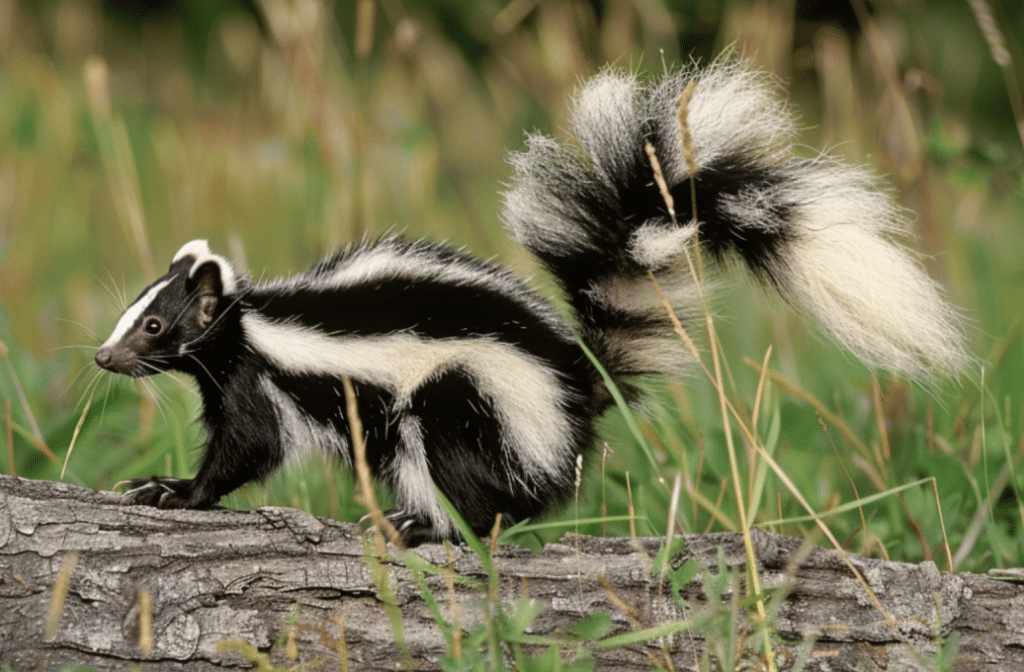
- Scientific Name: Spilogale gracilis
- Place of Origin: North America
- Region: Western United States and parts of Mexico
Fun Facts:
- Western spotted skunks are known for their unique defensive “handstand” behavior.
- They perform handstands before spraying their noxious musk.
- This posture helps them aim their spray more accurately at predators.
37. Whinchat
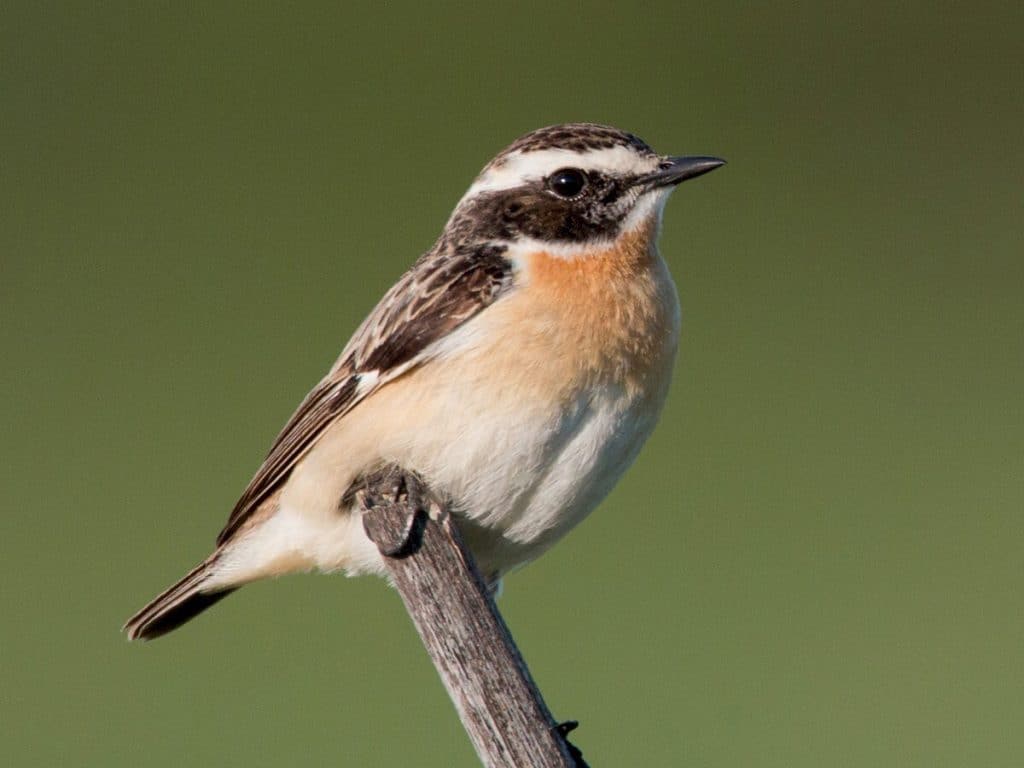
- Scientific Name: Saxicola rubetra
- Place of Origin: Europe and Asia
- Region: Breeds in Europe and western Asia, winters in Africa
Fun Facts:
- Whinchats are small, migratory birds.
- They are known for their distinctive “whip-crack” call.
- They often perch on tall grasses and shrubs.
- From these perches, they hunt insects.
38. Whip-poor-will
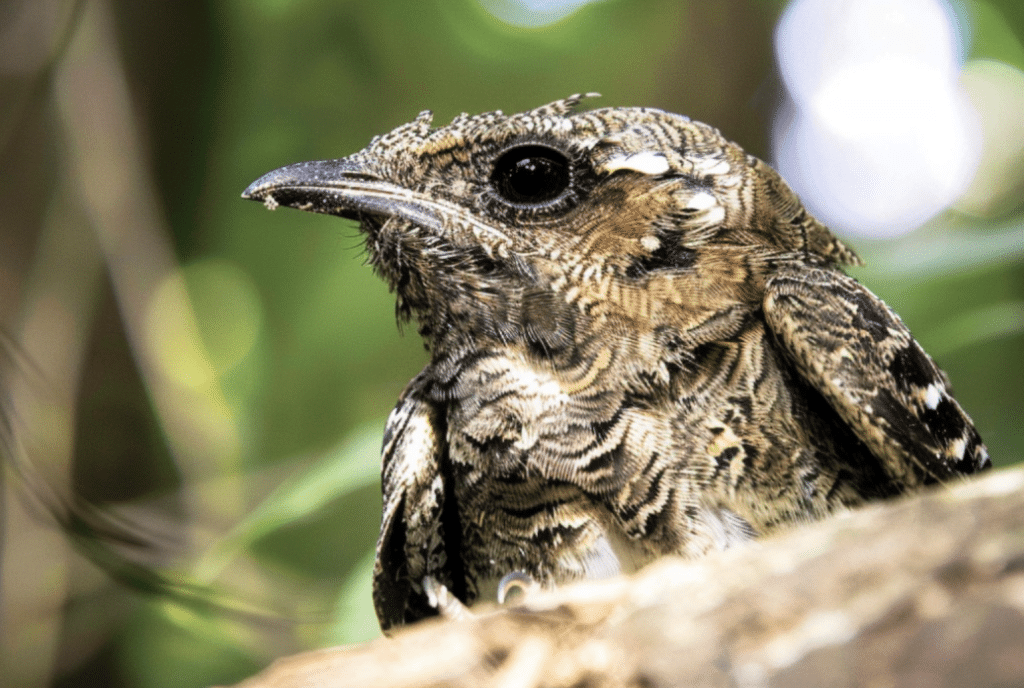
- Scientific Name: Antrostomus vociferus
- Place of Origin: North and Central America
- Region: Eastern North America and parts of Central America
Fun Facts:
- Whip-poor-wills are nocturnal birds known for their repetitive “whip-poor-will” call on summer nights.
- They are masters of camouflage.
- Their mottled brown and gray plumage helps them blend into the forest floor.
39. Whiskered Auklet
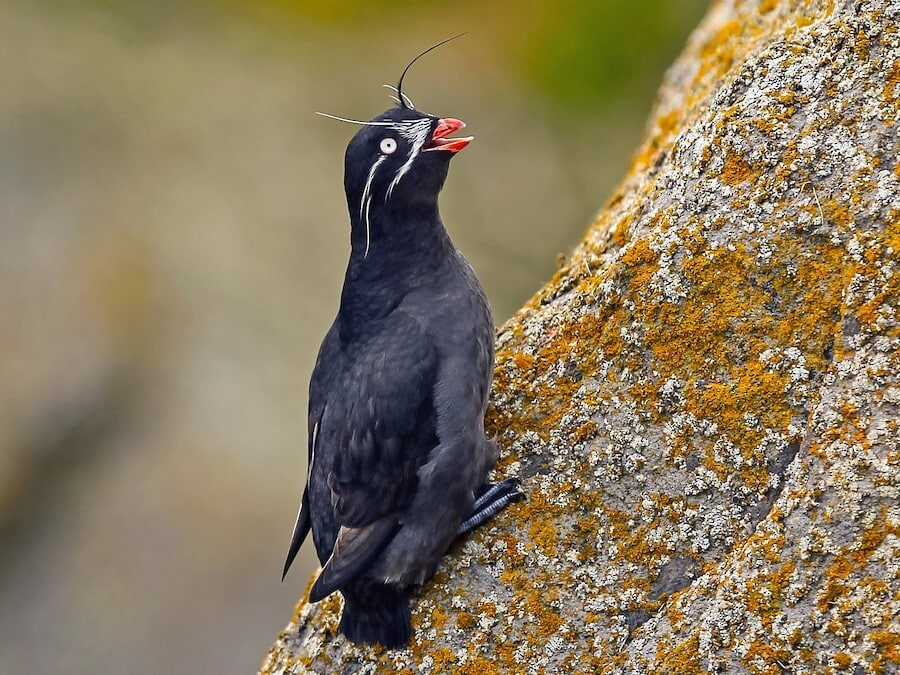
- Scientific Name: Aethia pygmaea
- Place of Origin: North Pacific Ocean
- Region: Breeds on islands in the Bering Sea and Sea of Okhotsk
Fun Facts:
- Whiskered auklets are small seabirds with distinctive facial plumes resembling whiskers.
- The plumes are used in courtship displays.
- They may also help protect the birds’ eyes while diving for food.
40. Whiskered Bat
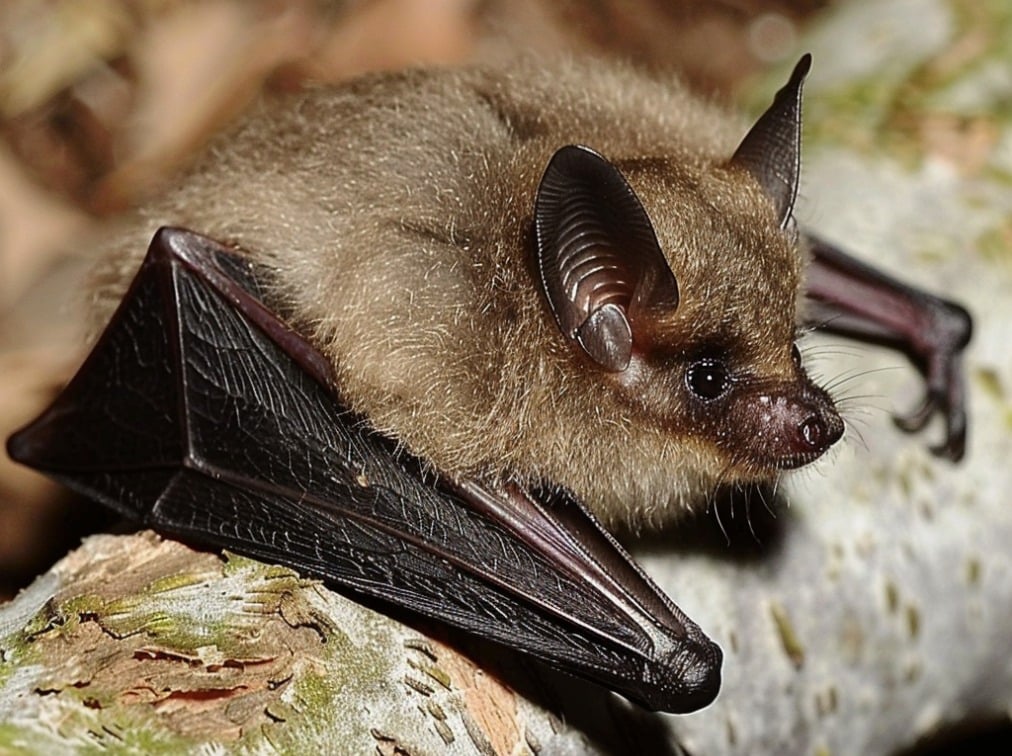
- Scientific Name: Myotis mystacinus
- Place of Origin: Europe and Asia
- Region: Widespread in Europe and parts of Asia
Fun Facts:
- Whiskered bats are small, insect-eating bats.
- They use echolocation to navigate and hunt in complete darkness.
- They can hibernate for up to seven months during winter.
The 25 animals featured in this article represent just a small fraction of the incredible diversity of species whose names begin with the letter “W.”
From the iconic whale to the Wels Catfish, each animal has unique adaptations, behaviors, and ecological roles that contribute to Earth’s complex web of life.
By learning more about these fascinating creatures and their challenges, we can better appreciate the urgent need to protect and conserve the world’s biodiversity.
Through increased awareness, responsible stewardship, and concerted conservation efforts, we can work towards a future where these remarkable animals and the ecosystems they depend on can thrive for generations to come.
Final Words
The animal kingdom is a remarkable realm filled with countless species, many of which have names beginning with the letter “W.”
From majestic whales to tiny whiskered auklets, these animals andthings that start with w showcase the incredible diversity of life on Earth.
Each animal has unique adaptations, behaviors, and ecological roles that contribute to the delicate balance of their ecosystems.
However, many of these species face significant challenges, from habitat loss to climate change.
By learning about these animals and the threats they face, we can develop a greater appreciation for the urgent need to protect and conserve the world’s biodiversity.
Through increased awareness, responsible stewardship, and concerted conservation efforts, we can work towards a future where these remarkable creatures can thrive for generations.

